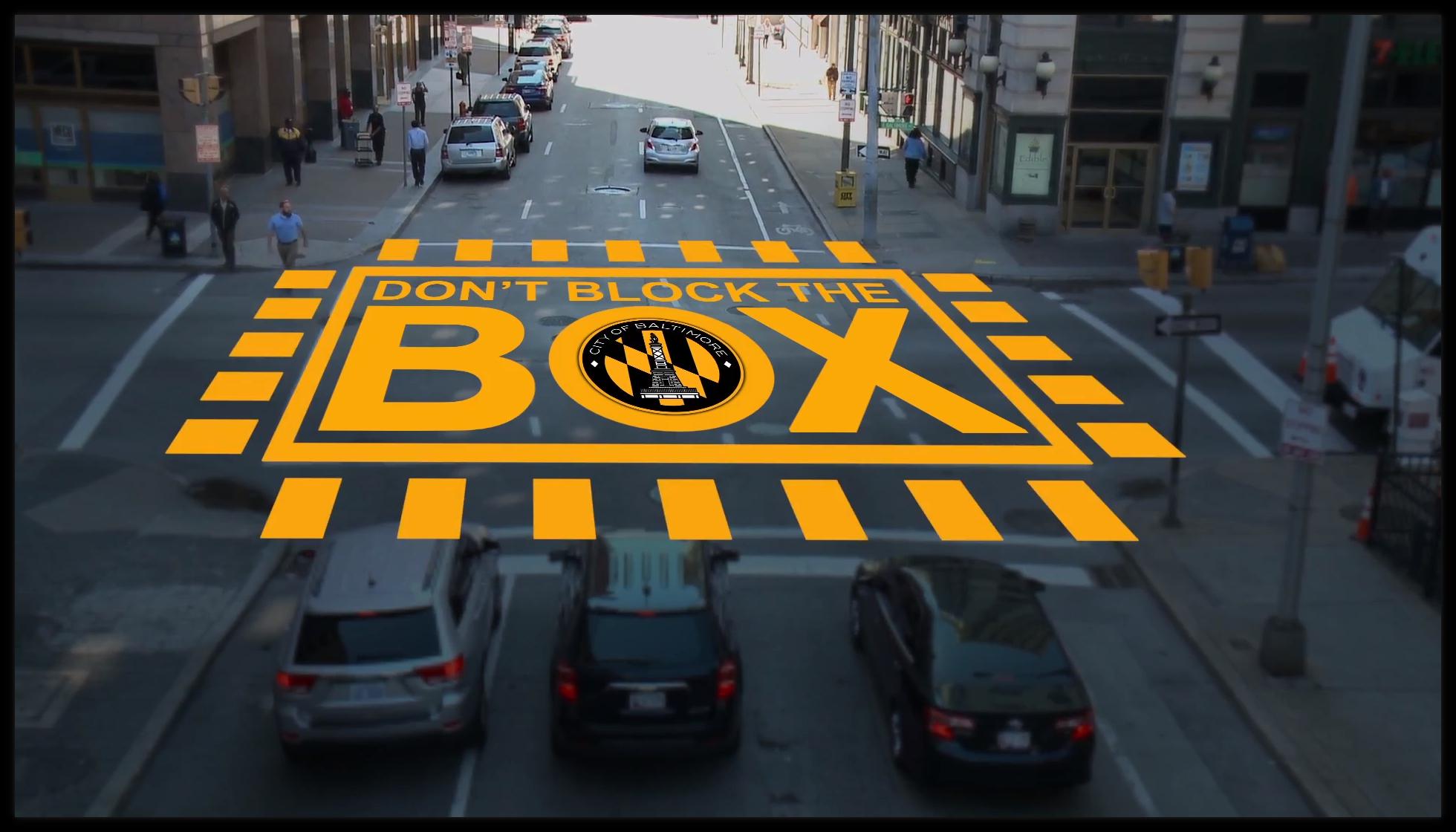The Washington State Senate has approved a bill that would allow the City of Seattle to enforce prohibitions against “blocking the box” by motorists at highly congested intersections using automated traffic safety cameras.
Senate Bill 5789, prime sponsored by Senator Marko Liias and strongly championed by cosponsor Senator Joe Nguyen, received the support of a constitutional majority of the Senate a few minutes ago.
The roll call was as follows:
SSB 5789
Automobile traffic safety cameras
Senate vote on 3rd Reading & Final Passage
2/18/2020Yeas: 25; Nays: 21; Excused: 3
Voting Yea: Senator Billig, Carlyle, Cleveland, Conway, Darneille, Das, Dhingra, Frockt, Hasegawa, Hobbs, Hunt, Keiser, Kuderer, Liias, Lovelett, Mullet, Nguyen, Pedersen, Randall, Rolfes, Saldaña, Salomon, Stanford, Takko, Wilson (Claire)
Voting Nay: Senator Becker, Braun, Brown, Ericksen, Hawkins, Holy, Honeyford, King, Muzzall, O’Ban, Padden, Rivers, Schoesler, Short, Van De Wege, Wagoner, Walsh, Warnick, Wellman, Wilson (Lynda), Zeiger
Excused: Senator Fortunato, McCoy, Sheldon
The bill passed with a bare majority of twenty-five in favor, as two Democrats voted nay: Kevin Van De Wege and Lisa Wellman. Republicans Phil Fortunato and Tim Sheldon missed the vote, as did Senator John McCoy. The remaining Democrats voted aye, while the Republicans collectively voted nay.
Senate committee staff have ably summarized the provisions of the bill as follows:
- Allows cities with a population over 500,000 [in other words, Seattle… no other city has half a million inhabitants] to create a pilot program in a defined area within the city, expanding the use of automated traffic safety cameras to detect and issue infraction notices for violations related to: stopping at an intersection or crosswalk or when traffic is obstructed, using public transportation only lanes, and stopping or traveling in a restricted lane.
- Requires fifty percent of the penalty monies be deposited into the new state Cooper Jones Active Transportation Safety Account and fifty percent to be spent by the city on transportation infrastructure mobility improvements for persons with disabilities.
- Limits the infraction fine to $75.
- Requires that a city [again, effectively just Seattle] report back to the Legislature on the program, including, but not limited to, the locations of the cameras, total warnings and infractions issued, and recommendations on use of automated cameras to detect the listed violations.
SSB 5789 failed to receive a vote in the chamber last year, so today’s action is an important development for the bill. The House companion, HB 1793, has received two floor votes: one last year and one again this year on January 30th, so the bill’s prospects in the House would seem to be very good.
The problem these bills are attempting to solve can best be understood by watching this video from our friends at Rooted In Rights.
TRANSCRIPT:
VANESSA: Hi, I’m Vanessa.
CLARK: I’m Clark.
VANESSA: We both live in Seattle.
CLARK: We both use wheelchairs.
VANESSA: And we’re both tired of these [BLEEP]
cars blocking the [BLEEP] intersections![upbeat music]
(Clark and Vanessa attempt to cross the street but a van blocks the crosswalk. Then, they navigate around a huge charter bus blocking the crosswalk. Next, they attempt to weave through several cars blocking an intersection.)
VANESSA: Seriously?
CLARK: I don’t know.
VANESSA: Try not to die, please.
[BLEEP]
CLARK: For pedestrians who can’t step up
onto the sidewalk, a blocked curb ramp meanswe have to ride in the street through traffic
just to get out of an intersection.[music continues]
The reality is, when you block the box,
you block us out.VANESSA: It’s our access, and it’s our safety.
CLARK: Better enforcement at intersections
will make our streets safer for everyone.
As noted above, the bill would also allow cameras to be used to enforce rules prohibiting motorists from driving in transit-only lanes, which is a related problem that the City of Seattle has been trying to address.
Traffic safety cameras are currently used in Seattle to catch people who blow through red lights at intersections and speed in school zones.
Traffic safety cameras could become more prevalent in the city if this bill becomes law, although not necessarily ubiquitous, because the bill only authorizes a pilot program. Better enforcement is clearly needed, because drivers are not respecting users of other modes as they should and as the law requires them to.


Finally, some concern for the well-being of people traveling on foot through Seattle!